The content of the article
The humidifier creates the perfect indoor climate and protects the mucous membranes from drying out due to high temperatures. The device is suitable for families with small children who have a cold even in the summer. The device helps older people easier to tolerate the heat and stay in good shape. The equipment needs regular maintenance so that mold and fungus do not appear in the tank, and the walls of the device are not covered with a layer of scale.
Bad water is the enemy of the humidifier
Ultrasonic, steam and traditional mechanical humidifiers fill with water, the quality of which depends on the life of the device and its productivity. It is recommended to use only distilled or filtered liquid, in which there is a minimum of harmful impurities.
The tap water is saturated with heavy metal salts that settle on the walls of the humidifier. The plaque should be cleaned every 8-10 days, otherwise it hardens and adheres firmly to the device. Salt crust worsens the operation of heaters and fans, reduces the service life of the device and creates favorable conditions for the growth of bacteria.
Hygiene procedures
Disconnect the device from the mains and wait until the humidifier cools down, if it is a steam version. Remove and pour out the fluid reservoir inside.
The first stage is the cleaning of the apparatus of dirt and the upper layer of plaque. You will need a soft rag, no hard brushes scratching the surface of the humidifier. Prepare a solution from liquid or ordinary soap. Mix 100 g of chips with warm water and beat until a foam forms.
Important: Do not use detergent for dishes, cleaning the bath or toilet. Aggressive substances are harmful to the device and may cause damage. If the chemical components of the detergent get into the sprayed liquid, they will cause headache and nausea.
Rinse the emptied reservoir of the humidifier with a damp cloth, gently scaling. A soft toothbrush is also suitable, which is easier to handle inaccessible corners. Do not rub the walls strongly or try to clean the hardened coating with a knife so as not to scratch the device from the inside.
We must not forget about the nozzle: it is wiped with a soft cloth dipped in vinegar solution, and then rinsed under the tap with all other details. You can use distilled water in which there are no harmful impurities. The liquid is poured into a separate bowl and immersed in the tank and nozzle. It remains to blot the parts with a dry towel and allow to dry, after which proceed to the removal of scale.
Get rid of the plaque
A layer of hardened salts cannot be removed mechanically. You will need soda, citric acid or vinegar, which reacts with harmful impurities and softens the coating. The component is diluted with water until completely dissolved and the resulting mixture is poured into the tank. For a liter of liquid you will need 2 tablespoons of soda, or 100 g of citric acid or 150 ml of vinegar. Use only one of the listed ingredients. You can not combine soda with vinegar, because the substances neutralize each other, and the coating remains on the walls of the humidifier.
Take the device to the balcony or turn it with a nose to the open window so that the sprayed liquid goes out into the street. Connect to the mains and turn on for 30-60 minutes, pouring solution into the tank. Water with soda or citric acid will corrode scale as it is sprayed, so at the end of the procedure, the plaque will fall off the walls of the device on its own.It is necessary to carefully clean the exfoliated pieces, and then rinse the tank under the tap. Rinse with clean water until a specific odor disappears.
Important: Ultrasonic and mechanical varieties do not include, but simply pour solution into the tank and forget about the device for 12 hours. Pour liquid with limescale into the sink, rinse the tank and nozzle, and use a humidifier as usual.
About natural remedies
Don't like the idea of vinegar and citric acid? Do you want to use exclusively natural ingredients to combat plaque? You can try freshly squeezed lemon juice, which dissolves the salt no worse than vinegar. But this tool removes only fresh pollution and is almost powerless in advanced cases.
Squeeze one or one and a half lemons and mix the juice with 3-4 liters of water. Pour the product into the tank and leave for several hours or a day. In the morning, turn on the humidifier so that the solution gets into the nozzle, and then wash thoroughly with clean water. It's okay if a bit of the product remains on the walls of the device, because the lemon is completely harmless.
Useful Tips
Ultrasonic humidifier membranes must not be cleaned with hard brushes or rags. Usually, special care accessories are included with the device. If there are no brushes in the box or it is lost, it is recommended to use a fleece fabric or a soft sponge.
Care must be taken to prevent liquid from entering the housing and into the apparatus, otherwise the humidifier may burn out. Removable parts are carefully wiped and dried before installation.
Instead of soda and citric acid, special means are used that are used to combat scale in electric kettles. Such cleaning agents will remove even a very old and stubborn coating that other components could not handle.
Citric acid at the same time softens the coating and disinfects the device, but if fungus or mold is wound up in the humidifier, bleach, hydrogen peroxide or bleach will be needed. Do not use abrasive substances that are too aggressive for such devices.
The humidifier will serve for a long time if you wash the device in a timely manner and descale. Clean the device when the first signs of plaque appear, rather than wait until it hardens and adheres to the walls of the device. After the procedures, rinse the humidifier thoroughly so that soda or chemicals do not get into the air with the sprayed water.
Video: cleaning the Boneco Air-O-Swiss U650 humidifier

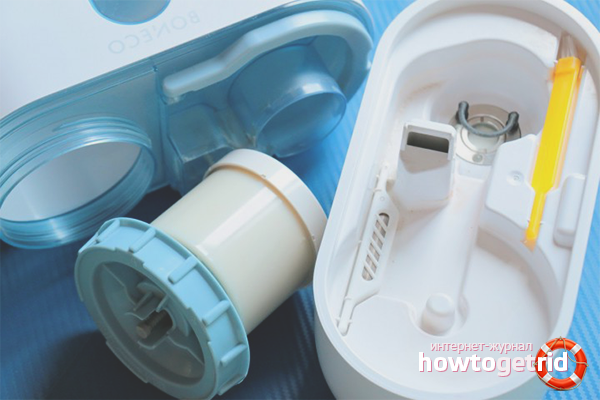
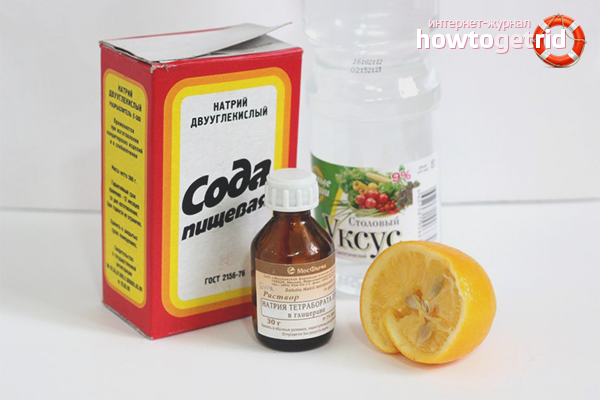

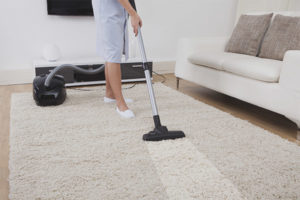

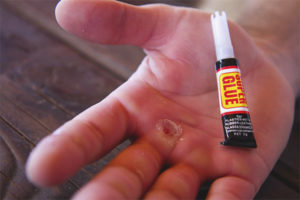

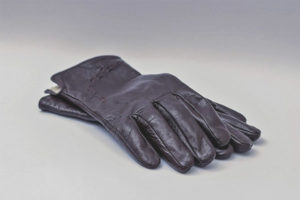


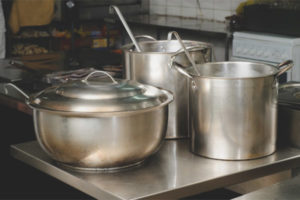
Submit